Your influence in the supply chain
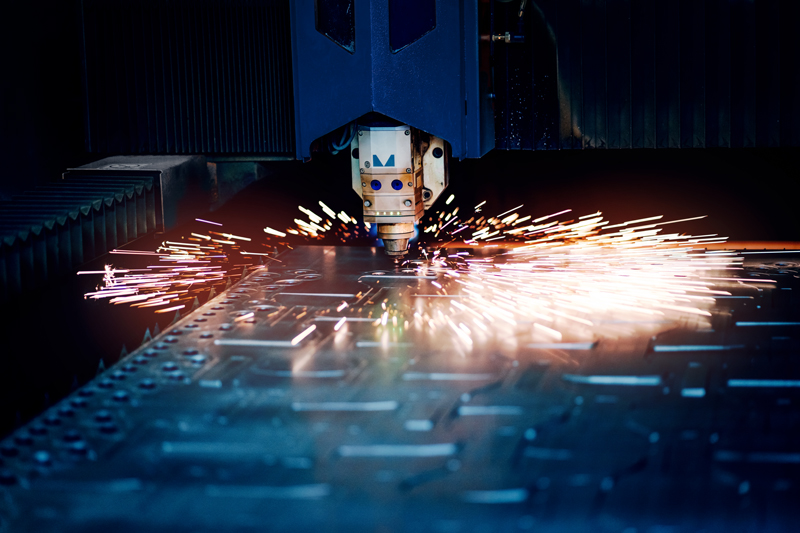
In the competitive landscape of the trade, you sit at the heart of the supply chain. Your choices – from what you stock to what you recommend – directly influence the success of independent garages and the satisfaction of your end customers. Here’s Andrew Tress, the sales director of MEYLE UK, to explain why.
One of the most impactful decisions you face daily is whether to supply OE, standard aftermarket or premium aftermarket parts. While price is always a consideration, factors – like fitment quality, longevity and customer satisfaction – play a much bigger role in profitability and workshop loyalty than they sometimes get credit for.
This article offers a practical breakdown of how quality tiers affect workshop outcomes, margins and relationships – helping you to make smarter decisions and build stronger business partnerships.
The quality spectrum: OE, aftermarket and everything in between
Simply, OE parts are those supplied by the VM, usually through dealership networks or OE-branded channels. These are built to the VM’s specifications and are often perceived as the most reliable option – but they come with a premium price tag and, in some cases, limited flexibility.
Aftermarket parts range widely in quality. Some are engineered to meet or exceed OE standards, while others are designed primarily to hit a price point. For you, the key is understanding where a product sits on that spectrum – and how that impacts the workshop’s experience fitting it.
Broadly, aftermarket parts can be broken into three categories:
Budget/low-cost aftermarket: Attractive margins, but often lower material quality and poor tolerances – leading to potential comebacks or longer fitting times.
Standard aftermarket: Matches OE in specification, often with good availability and pricing, but may not solve known OE weaknesses.
Premium aftermarket: Designed with improvements over OE – such as better materials, easier installation, and longer service life – often backed by extended warranties.
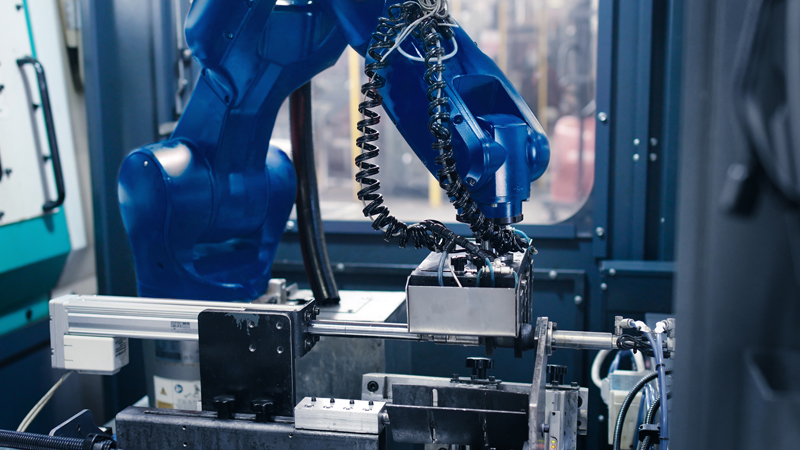
Why fitment quality matter more than ever
Workshops today are under immense time pressure: labour shortages, high MOT volumes and customer expectations make first-time fit a top priority. If a part doesn’t fit correctly, it costs workshops their time – and that costs you too.
As a motor factor, recommending or stocking parts with reliable, consistent fitment gives you a key competitive advantage. Fewer returns, fewer complaints, and faster job turnaround all mean stronger business relationships.
It is advisable to look out for components that come with necessary hardware and instructions, manufacturer support – technical information, videos and helplines – and feedback from other workshops about installation time.
We believe premium aftermarket brands often invest more in design validation and installation support, which can make a tangible difference to your workshop customers.
Margin isn’t just about purchase price
It’s tempting to think the lowest-priced part means the highest margin, but when you look at the bigger picture – including return rates, time wasted and customer dissatisfaction – the maths changes.
Offering a well-engineered part at a fair price can often deliver better long-term profitability than budget options – and here’s why:
- Fewer comebacks mean fewer credits and wasted admin time
- Stronger workshop loyalty from helping them solve jobs efficiently
- Opportunity to up-sell higher-value parts based on quality, not just price
- Improved brand perception – you’re seen as an expert, not just a seller
By understanding the real cost of poor quality components, you can guide workshops toward smarter choices – especially for time-sensitive, high-labour jobs, like changing suspension, steering and braking parts.
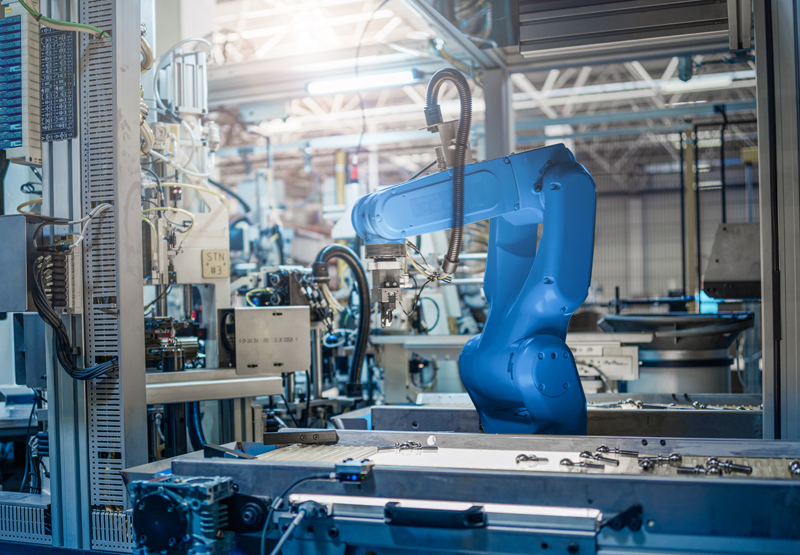
Customer satisfaction starts with the right recommendation
While the motorist rarely sees the parts box, they’ll certainly notice if the repair doesn’t last. When that happens, the workshop – not the brand or the factor – takes the blame.
You have an important role in educating workshops about the implications of quality levels. That doesn’t mean always pushing the most expensive option – it means giving workshops the confidence that the part they’re fitting is going to last and helping them explain the difference to their own customers.
Many workshops value a tiered offering: one part that’s price-driven, another that’s OE-equivalent, and a premium option for longevity or high-stress components. Offering clear comparisons – and backing them up with warranty details, technical support and installation tips – gives workshops the tools to make informed decisions.
Supporting your workshop customers pay off
The strongest motor factors don’t just sell parts, they solve problems. In a market where brand loyalty is often tied to the last experience a workshop had with a part, your advice and product knowledge can set you apart.
Stock parts that deliver consistent fit and durability, be transparent about quality tiers – and what trade-offs come with them – support workshops with product information, kit solutions and technical content. Flag known OE issues and offer improved aftermarket alternatives when available.
This approach doesn’t just reduce your return rate, it makes you the go-to partner for workshops looking to save time, reduce risk and keep their own customers happy.
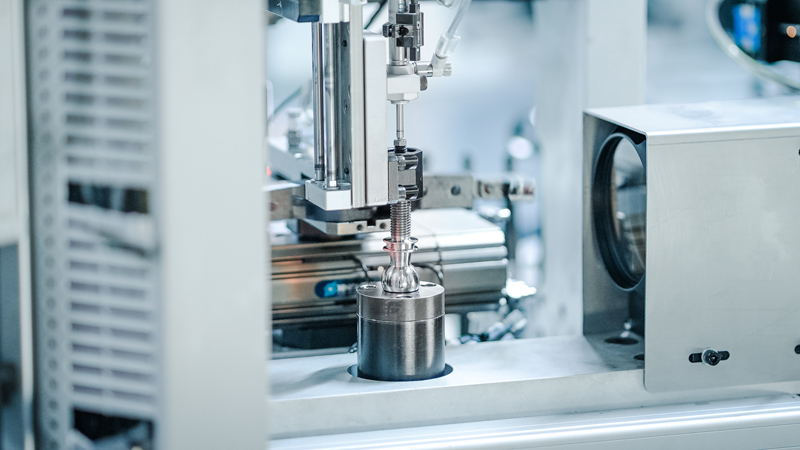
Final takeaway
OE, aftermarket, premium, budget – no one solution fits every repair – but what you supply and how you advise your customers have a direct impact on their efficiency, satisfaction and trust in your business. By understanding how quality, fit and margin work together, you can not only protect your bottom line, but you can actively help customers do the same. In a trade built on reputation and relationships, that might be the most valuable part of all.
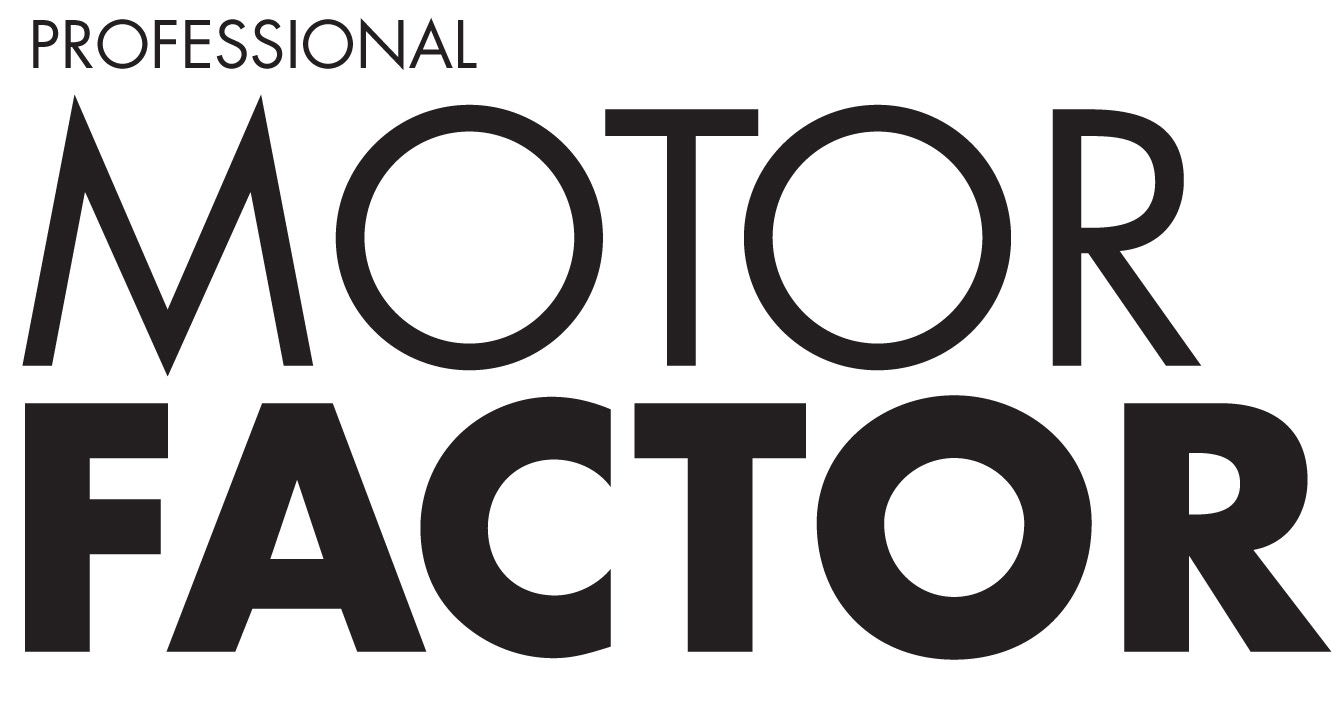
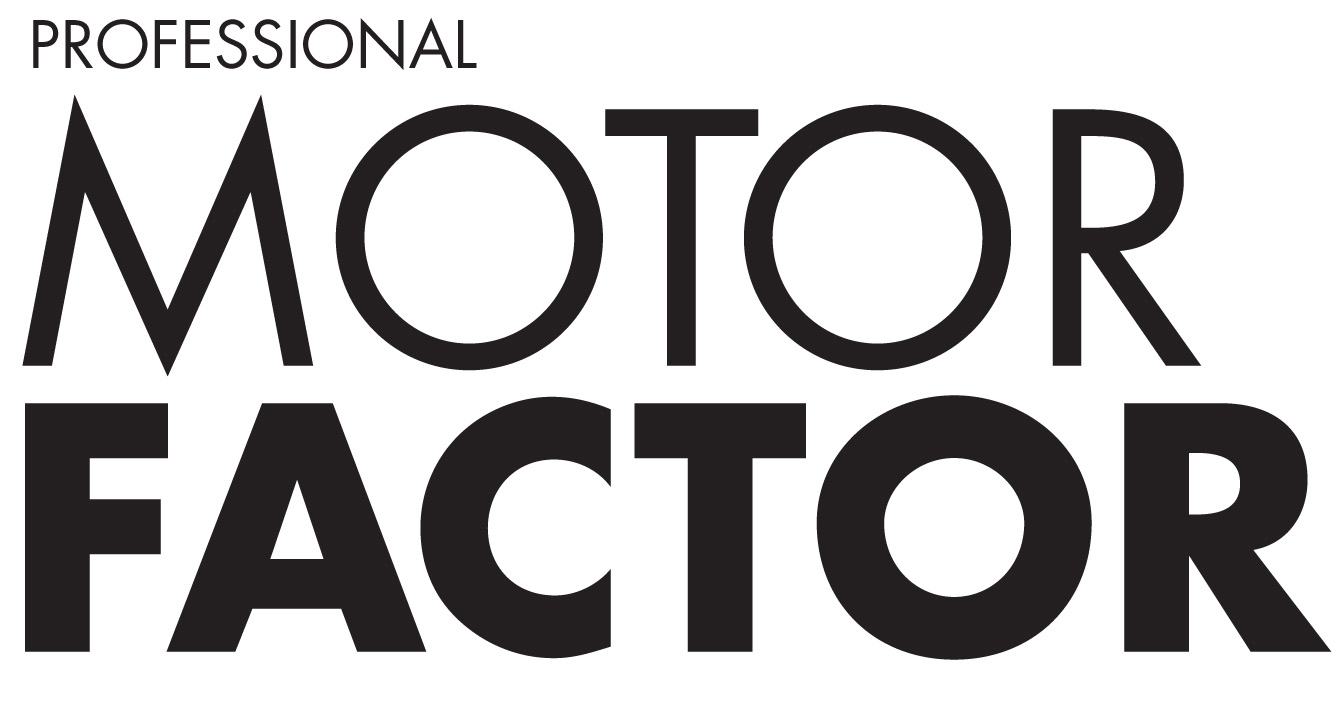
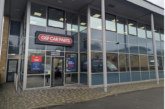
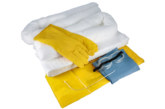

![Exploring the potential of ZF [pro]Diagnostics](https://pmfmag.co.uk/wp-content/uploads/2025/11/zf-pro-diagnostics-main--165x109.jpg)


